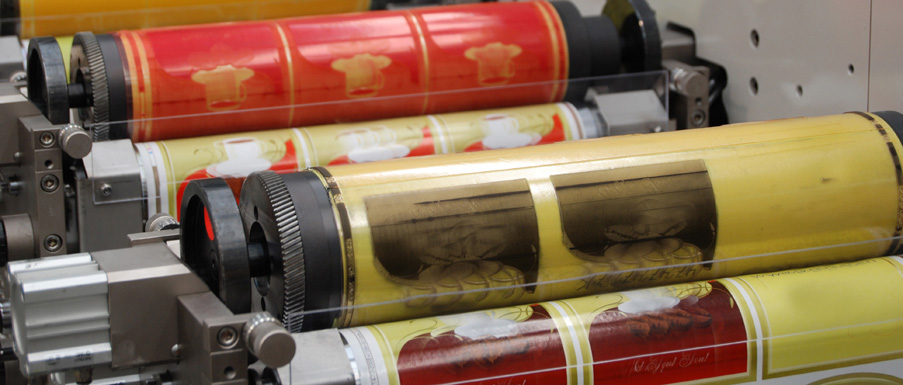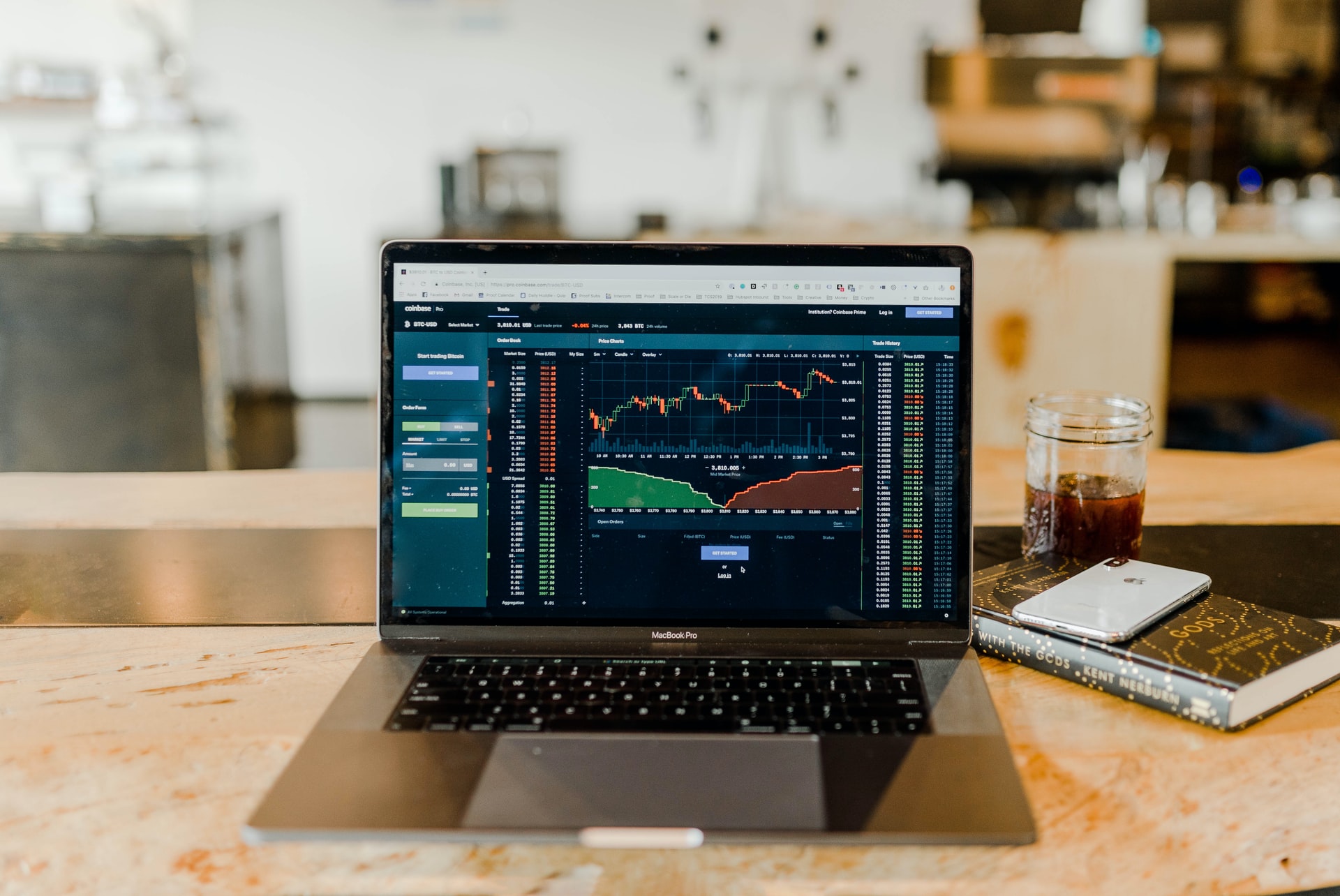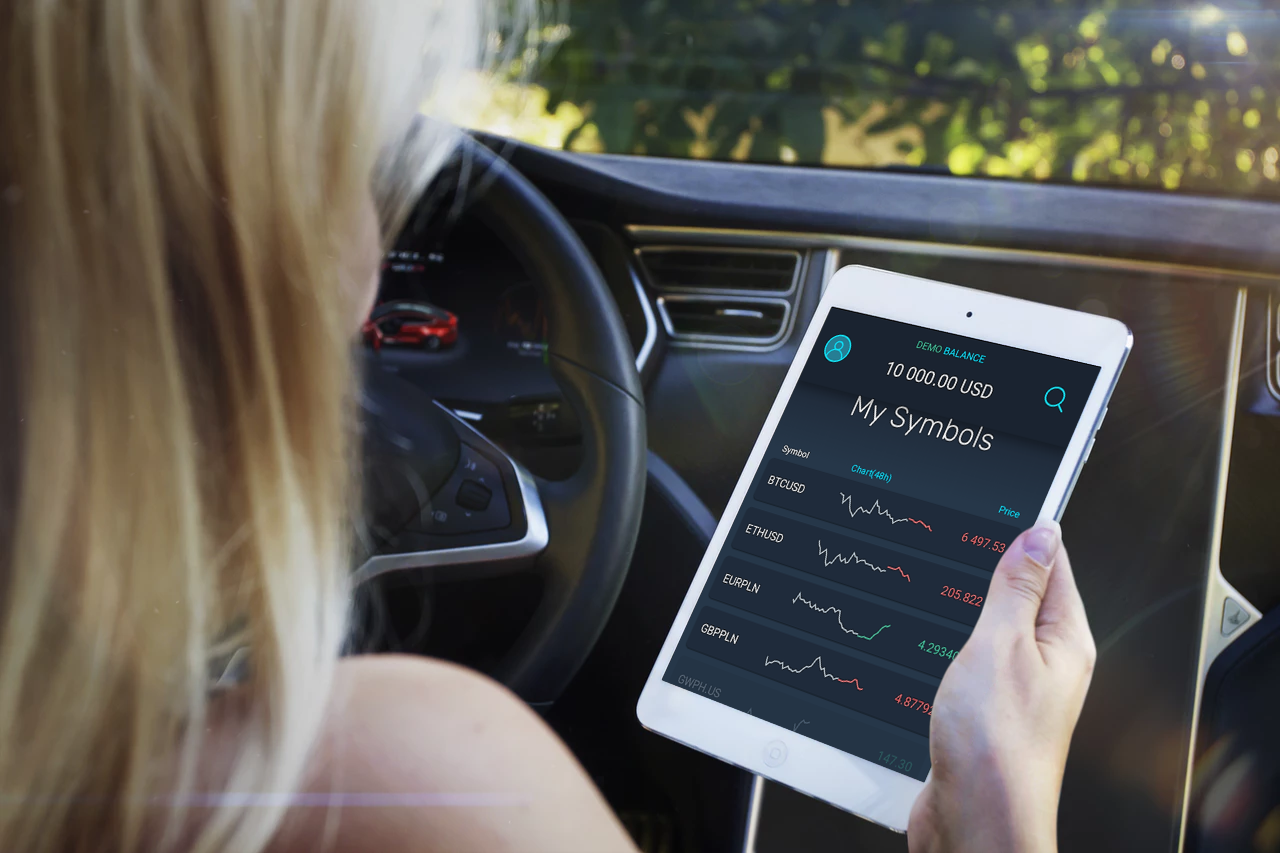Offset and digital are probably the two most common methods of label printing available on the market today. Offset is the oldest of the two, with its roots stretching back to the 19th century. It is still probably the most widely used of the two when it comes to high volumes. But the growth of digital label printing technology has brought exciting technical advancements and now there are more options available then ever before.
Offset printing involves the transfer (or ‘offsetting’) of an inked image from a plate to a rubber blanket, and then on to the printing surface. It can be used in combination with the lithographic process – based on the repulsion of oil and water – and in this case a flat image carrier will be used. The image to be printed will used ink from ink rollers, whilst the non-printing area attracts a water-based film to keep it free from ink. Digital printing, meanwhile, uses a digital-based image printed directly to the label.
If you need some labels printing then an understanding of the advantages of both these methods will help you decide which to choose. These are as follows:
Digital Advantages
• Fast: Digital label printing offers much shorter turnaround times so it’s useful for those last-minute orders or for when you have a very strict deadline. This is because the image can be created directly on the screen without the need for producing a plate image.
• Cheaper For Low Volumes: If you only want a small run of labels – perhaps for a limited edition product or for a one-off promotion – then digital printing is probably the more economical option. This is because, whilst the cost of individual units tends to be higher for digital labels, the initial set-up cost for offset is higher because you have to factor in the creation of the image on the plate. Most of the mechanical processes involved in offset set-up are not present in digital. If you take all of this in total, digital works out cheaper for low volume orders.
• Uniform Images: With digital printing, you can be sure that the image will be the same every single time. This will make your overall product look highly professional and it also means that there is less waste – leading, of course, to lower costs. This high level of accuracy is mainly owing to the fact that, with digital, you do not have to think about getting the correct balance of ink and water during the press run.
• Customisable: With digital you also have the option of variable data printing. This is a form of customisable printing which, using information from a database, allows for text and graphics to be changed on each individual piece without stopping the press. For example, you might want to personalise a product by printing each person’s name on an individual label for them. This would generally be used for direct marketing purposes.
Offset Advantages
• High Quality: The process of offset printing means that you are left with beautiful images of the highest quality. In some ways this could be seen as a more ‘premium’ option than digital. Offset printing will also give you the best colour matches since it uses actual Pantone ink.
• Versatile: Unlike with digital printing, offset can work on a surprisingly wide range of printing surfaces. These include paper, wood, cloth, metal, leather and plastic. This gives you more options when it comes to the design of a package so it allows you to be more imaginative.
• Cheaper For High Volumes: Whilst the set-up costs for offset printing are higher than with digital, the per-unit costs are significantly lower. This means that for very high volumes of products it is much more economical overall to choose this option. Digital is beginning to catch up in this regard but it still can’t quite compete with offset in terms of unit costs. Bear in mind also that digital uses four-colour printing so if you only want to print in black and white it may be cheaper to use offset.







